Home>Furniture & Design>Interior Design Trends>How To Clean Carnival Glass
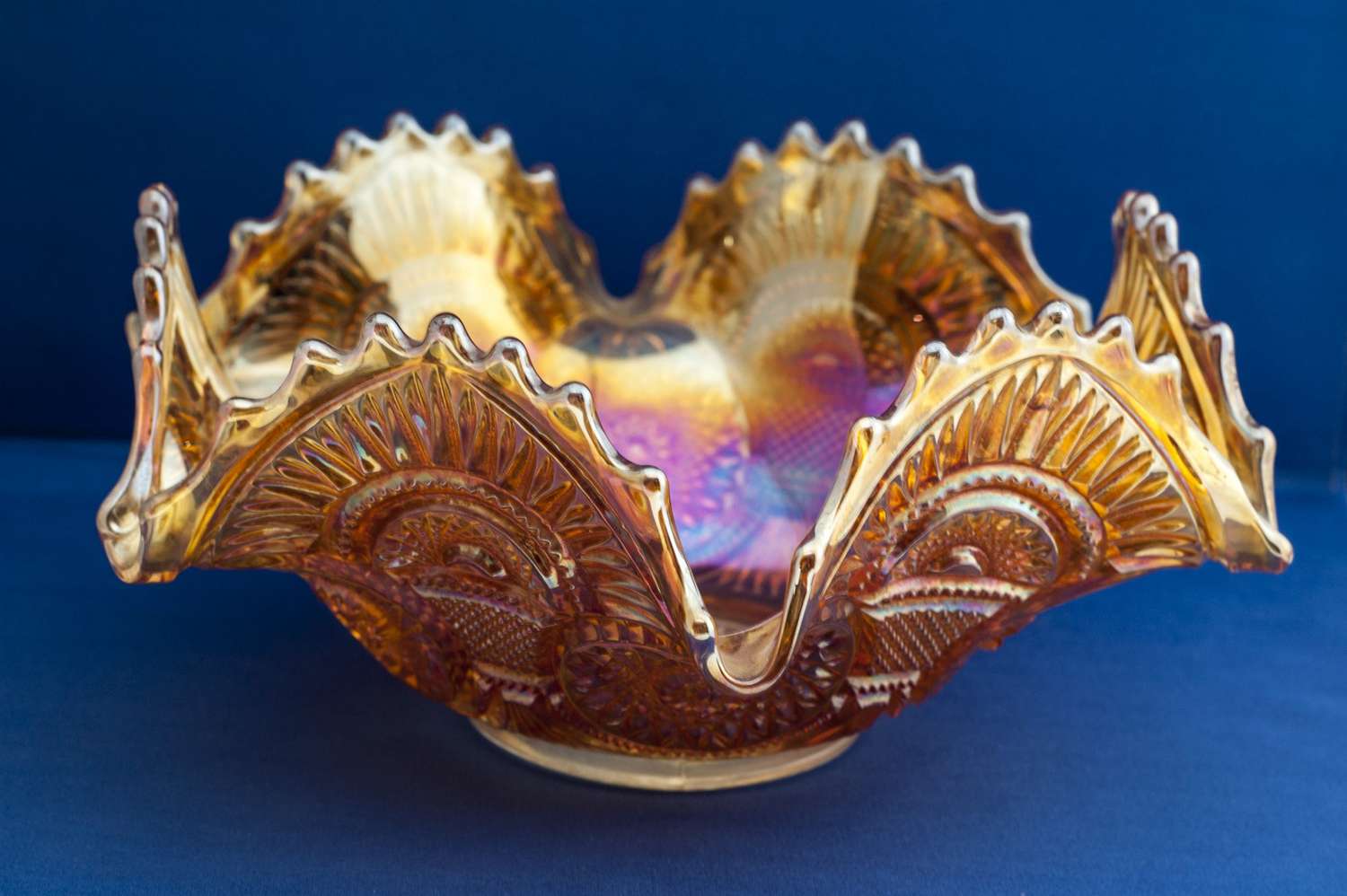

Interior Design Trends
How To Clean Carnival Glass
Modified: April 21, 2024
Learn the best techniques for cleaning carnival glass and keeping up with the latest interior design trends. Discover expert tips and tricks for maintaining the beauty of your carnival glass collection.
(Many of the links in this article redirect to a specific reviewed product. Your purchase of these products through affiliate links helps to generate commission for Storables.com, at no extra cost. Learn more)
Introduction
Carnival glass, with its iridescent shimmer and vibrant hues, is a beloved collectible that adds a touch of vintage charm to any space. This exquisite glassware, known for its intricate patterns and opalescent sheen, requires gentle care to maintain its lustrous allure. Whether you've recently acquired a stunning carnival glass piece or are looking to revitalize your existing collection, mastering the art of cleaning and preserving these treasures is essential.
In this comprehensive guide, we will delve into the meticulous process of cleaning carnival glass, ensuring that you can safeguard its timeless beauty for years to come. By following these expert tips and techniques, you can elevate the radiance of your carnival glass while preserving its historical and aesthetic value.
Let's embark on a journey to discover the delicate art of caring for carnival glass, from gathering the essential materials to executing each step with precision. With a blend of patience, attention to detail, and a touch of finesse, you'll soon become adept at maintaining the resplendent allure of your carnival glass collection. So, gather your supplies and prepare to immerse yourself in the enchanting world of carnival glass care.
Key Takeaways:
- Embrace the delicate art of cleaning carnival glass with gentle materials and precise techniques to preserve its timeless allure and intricate patterns for generations to come.
- From dusting to polishing, the meticulous process of caring for carnival glass is a labor of love, ensuring its opalescent sheen and enduring radiance captivate enthusiasts and collectors alike.
Read more: What Is Carnival Glass
Materials Needed
To embark on the journey of cleaning and preserving carnival glass, you will need a selection of materials that are gentle yet effective in maintaining the exquisite allure of these iridescent treasures. Here's a comprehensive list of the essential items required for this meticulous process:
-
Mild Dish Soap: Opt for a gentle, non-abrasive dish soap to ensure that the delicate surface of the carnival glass is not compromised during the cleaning process.
-
Soft Microfiber Cloth: Choose a soft, lint-free microfiber cloth to gently wipe and dry the carnival glass, preventing the risk of scratches or abrasions.
-
Soft-Bristled Brush: A soft-bristled brush, such as a clean makeup brush or a dedicated glass cleaning brush, is ideal for reaching intricate crevices and patterns without causing damage.
-
Warm Water: Prepare a basin of warm water to facilitate the cleaning process, ensuring that it is not too hot to avoid thermal shock to the glass.
-
White Vinegar: This natural cleaning agent is effective for removing stubborn stains or mineral deposits from carnival glass while being gentle on its delicate surface.
-
Rubbing Alcohol: Opt for a high-quality rubbing alcohol to aid in the removal of grease, fingerprints, and other residues that may diminish the glass's luminous sheen.
-
Soft Towels or Padded Mat: Lay down soft towels or a padded mat to create a cushioned surface for handling and drying the carnival glass, minimizing the risk of accidental bumps or falls.
-
Gloves: Consider wearing soft cotton gloves to prevent fingerprints and oils from transferring onto the glass during the cleaning and handling process.
-
Optional: Glass Cleaner: If preferred, a specialized glass cleaner formulated for delicate surfaces can be used in conjunction with the mild dish soap for an added layer of cleanliness and shine.
By assembling these essential materials, you will be well-equipped to embark on the meticulous journey of cleaning and preserving carnival glass, ensuring that its timeless allure remains unblemished. With these tools at your disposal, you can proceed to the subsequent steps with confidence, knowing that you have everything needed to safeguard the radiance of your cherished carnival glass collection.
Step 1: Dusting the Carnival Glass
Before delving into the intricate process of washing and polishing carnival glass, it is crucial to initiate the cleaning ritual by delicately removing any accumulated dust and debris. Dusting the carnival glass serves as the foundational step in preserving its luminous sheen and intricate details, ensuring that the subsequent cleaning stages can be executed with precision and care.
To commence this essential phase, begin by selecting a soft, lint-free microfiber cloth, ideally in a light color to easily detect any residual dust. Gently unfold the cloth and lightly shake it to eliminate any loose particles that may inadvertently scratch the glass surface. With the utmost delicacy, carefully drape the microfiber cloth over your hand, ensuring a smooth and even surface for the dusting process.
Next, with a feather-light touch, gently glide the microfiber cloth across the surface of the carnival glass, starting from the top and gradually working your way down. Employing smooth, sweeping motions, allow the cloth to caress the glass, effectively lifting and capturing the fine particles of dust that may have settled on its iridescent facade. Take care to navigate around intricate patterns and raised motifs, ensuring that every contour is tenderly attended to.
In instances where the carnival glass exhibits elaborate designs or ornate flourishes, a soft-bristled brush can be employed to delicately dislodge any stubborn dust particles nestled within the intricate crevices. Opt for a clean makeup brush or a dedicated glass cleaning brush, ensuring that the bristles are exceptionally soft and gentle to prevent any inadvertent abrasions.
As you meticulously dust the carnival glass, maintain a keen eye for any areas that may require additional attention, such as intricate edges or delicate rims. Exercise patience and precision, allowing the gentle touch of the microfiber cloth or soft-bristled brush to coax away the lingering dust without compromising the glass's opalescent allure.
By conscientiously dusting the carnival glass, you lay the foundation for a thorough and meticulous cleaning process, setting the stage for the subsequent steps that will further enhance its luminous radiance. With the dusting phase completed, the carnival glass is now primed for the next stage of its revitalization journey, poised to undergo a gentle yet transformative cleansing ritual that will unveil its timeless splendor.
Step 2: Washing the Carnival Glass
With the delicate dusting phase meticulously completed, the carnival glass now awaits the transformative embrace of the washing process, a pivotal stage in revitalizing its opalescent allure. Washing carnival glass demands a harmonious blend of precision, gentleness, and attentiveness, ensuring that its intricate patterns and iridescent sheen are safeguarded throughout the cleansing ritual.
To commence this essential phase, prepare a basin of warm water, ensuring that it is comfortably tepid to prevent thermal shock to the glass. Introduce a small amount of mild dish soap to the water, creating a gentle cleansing solution that will effectively lift away accumulated residues without compromising the glass's delicate surface. The dish soap should be non-abrasive and devoid of harsh chemicals, preserving the carnival glass's luminous sheen with utmost care.
With the cleansing solution delicately prepared, immerse a soft, lint-free microfiber cloth into the soapy water, allowing it to become imbued with the gentle cleansing properties. Gently wring out the cloth to remove any excess moisture, ensuring that it remains damp but not saturated. With the cloth poised to caress the carnival glass, delicately begin to cleanse its iridescent surface, employing smooth, circular motions to tenderly lift away any lingering residues or blemishes.
As the cleansing cloth glides across the carnival glass, pay meticulous attention to intricate patterns, raised motifs, and delicate edges, ensuring that every contour is tenderly attended to. Exercise patience and precision, allowing the gentle touch of the cloth to coax away impurities without compromising the glass's resplendent allure. In instances where stubborn stains or mineral deposits persist, a diluted solution of white vinegar can be employed to gently dissolve and lift these blemishes, further enhancing the glass's luminous radiance.
Upon completing the gentle washing process, rinse the carnival glass under a gentle stream of lukewarm water, ensuring that all traces of soap and cleansing solution are thoroughly removed. Take care to support the glass with a soft, cushioned surface to prevent accidental bumps or slips during the rinsing process, safeguarding its delicate form from any potential mishaps.
With the washing phase executed with finesse and precision, the carnival glass emerges revitalized, its opalescent sheen and intricate patterns restored to their resplendent glory. This pivotal stage sets the foundation for the subsequent steps, guiding the glass on a transformative journey towards enduring radiance and timeless allure.
To clean carnival glass, use a mild dish soap and warm water to gently wash the glass. Avoid harsh chemicals or abrasive scrubbers to prevent damage to the iridescent finish. Dry with a soft cloth to avoid water spots.
Step 3: Drying the Carnival Glass
As the freshly washed carnival glass glistens with renewed luminosity, the pivotal phase of drying emerges as a delicate yet essential step in preserving its opalescent allure. Drying the carnival glass demands a seamless fusion of patience, precision, and attentiveness, ensuring that its intricate patterns and iridescent sheen are safeguarded throughout the drying process.
To commence this crucial phase, delicately retrieve a soft, lint-free microfiber cloth, ensuring that it remains impeccably clean and free from any residual particles that may compromise the glass's pristine surface. With the utmost care, gently unfold the cloth, allowing its smooth expanse to await the tender embrace of the freshly washed carnival glass.
With the carnival glass poised for the transformative touch of the drying cloth, delicately begin to gently pat and blot its surface, employing light and even pressure to absorb the residual moisture. Avoid vigorous rubbing or abrasive motions, as these may inadvertently compromise the glass's delicate opalescent sheen, leading to potential streaking or smudging.
As the microfiber cloth tenderly caresses the carnival glass, pay meticulous attention to intricate patterns, raised motifs, and delicate edges, ensuring that every contour is gently dried with precision. Exercise patience and finesse, allowing the cloth to softly coax away the lingering moisture without disrupting the glass's resplendent allure.
In instances where the carnival glass exhibits elaborate designs or ornate flourishes, a soft, lint-free towel or padded mat can be employed to create a cushioned surface for the glass to rest upon, facilitating the gentle absorption of residual moisture without the risk of accidental slips or abrasions.
Throughout the drying process, maintain a keen eye for any areas that may require additional attention, such as intricate edges or delicate rims. With each tender pat and gentle blot, the carnival glass gradually relinquishes its residual moisture, unveiling its timeless splendor with each meticulous touch.
By conscientiously drying the carnival glass, you ensure that its opalescent allure remains unblemished, its intricate patterns unmarred by streaks or smudges. With the drying phase completed, the carnival glass emerges poised and resplendent, its luminous radiance preserved with unwavering care and finesse.
Read more: How To Identify Carnival Glass
Step 4: Polishing the Carnival Glass
With the carnival glass delicately cleansed and meticulously dried, the transformative finale of the revitalization journey beckons – the art of polishing. Polishing the carnival glass is a nuanced and essential step, elevating its opalescent allure to resplendent heights while preserving the intricate patterns and iridescent sheen with unwavering finesse.
To commence this pivotal phase, prepare a soft, lint-free microfiber cloth, ensuring that it remains impeccably clean and free from any residual particles that may compromise the glass's pristine surface. With the utmost care, delicately unfold the cloth, allowing its smooth expanse to await the tender embrace of the freshly washed and dried carnival glass.
With the carnival glass poised for the transformative touch of the polishing cloth, delicately begin to gently buff its surface, employing light and even pressure to coax forth its inherent luminosity. Employ smooth, circular motions, allowing the cloth to caress the glass with a harmonious blend of precision and finesse, gradually unveiling its radiant sheen with each tender stroke.
As the microfiber cloth tenderly glides across the carnival glass, pay meticulous attention to intricate patterns, raised motifs, and delicate edges, ensuring that every contour is gently polished with unwavering care. Exercise patience and attentiveness, allowing the cloth to coax forth the glass's inherent luster without compromising its resplendent allure.
In instances where the carnival glass exhibits elaborate designs or ornate flourishes, a soft, lint-free towel or padded mat can be employed to create a cushioned surface for the glass to rest upon, facilitating the gentle buffing and polishing process without the risk of accidental slips or abrasions.
Throughout the polishing process, maintain a keen eye for any areas that may require additional attention, such as intricate edges or delicate rims. With each tender buff and gentle stroke, the carnival glass gradually unveils its enduring radiance, its opalescent sheen shimmering with timeless allure.
By conscientiously polishing the carnival glass, you ensure that its luminous allure remains unblemished, its intricate patterns preserved with unwavering finesse. With the polishing phase completed, the carnival glass emerges poised and resplendent, its timeless radiance preserved with unwavering care and finesse.
Conclusion
In the realm of interior design and vintage collectibles, carnival glass stands as a timeless testament to the artistry and craftsmanship of a bygone era. As we conclude this comprehensive guide to cleaning and preserving carnival glass, it is evident that this iridescent treasure demands a delicate touch and unwavering finesse to maintain its opalescent allure. By embarking on the meticulous journey of dusting, washing, drying, and polishing carnival glass, enthusiasts and collectors alike can ensure that these exquisite pieces continue to radiate with timeless splendor.
The journey begins with the foundational step of dusting, where the gentle caress of a soft microfiber cloth and a delicate brush coaxes away accumulated particles, unveiling the glass's intricate patterns with meticulous care. This leads seamlessly into the transformative embrace of the washing process, where a harmonious blend of warm water, mild dish soap, and gentle motions revitalizes the glass's opalescent sheen, ensuring that its luminous allure remains unblemished.
As the freshly washed carnival glass glistens with renewed radiance, the pivotal phase of drying emerges as a delicate yet essential step in preserving its opalescent allure. With the utmost care and patience, the gentle touch of a microfiber cloth ensures that the glass relinquishes its residual moisture, unveiling its timeless splendor with each meticulous pat and blot.
Finally, the art of polishing elevates the carnival glass to resplendent heights, coaxing forth its inherent luminosity with unwavering finesse. Through smooth, circular motions and a tender embrace, the glass's opalescent sheen shimmers with timeless allure, preserving its enduring radiance for generations to come.
In essence, the meticulous process of cleaning and preserving carnival glass is a labor of love, a tribute to the artistry and elegance encapsulated within these iridescent treasures. By embracing the delicate art of caring for carnival glass, enthusiasts and collectors alike can ensure that these exquisite pieces continue to captivate with their opulent hues and timeless allure, transcending the boundaries of time and preserving the legacy of a cherished era.
Frequently Asked Questions about How To Clean Carnival Glass
Was this page helpful?
At Storables.com, we guarantee accurate and reliable information. Our content, validated by Expert Board Contributors, is crafted following stringent Editorial Policies. We're committed to providing you with well-researched, expert-backed insights for all your informational needs.
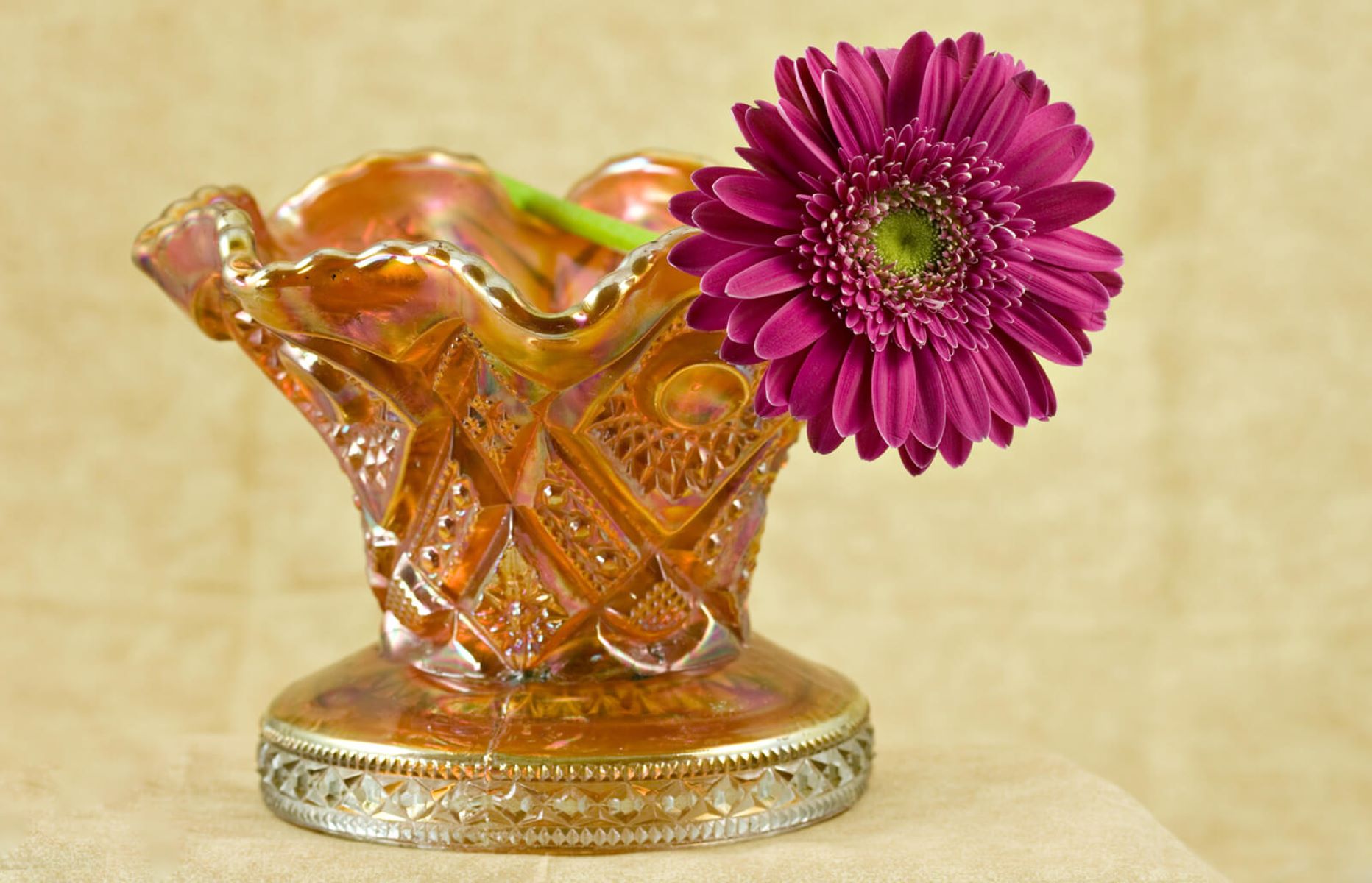
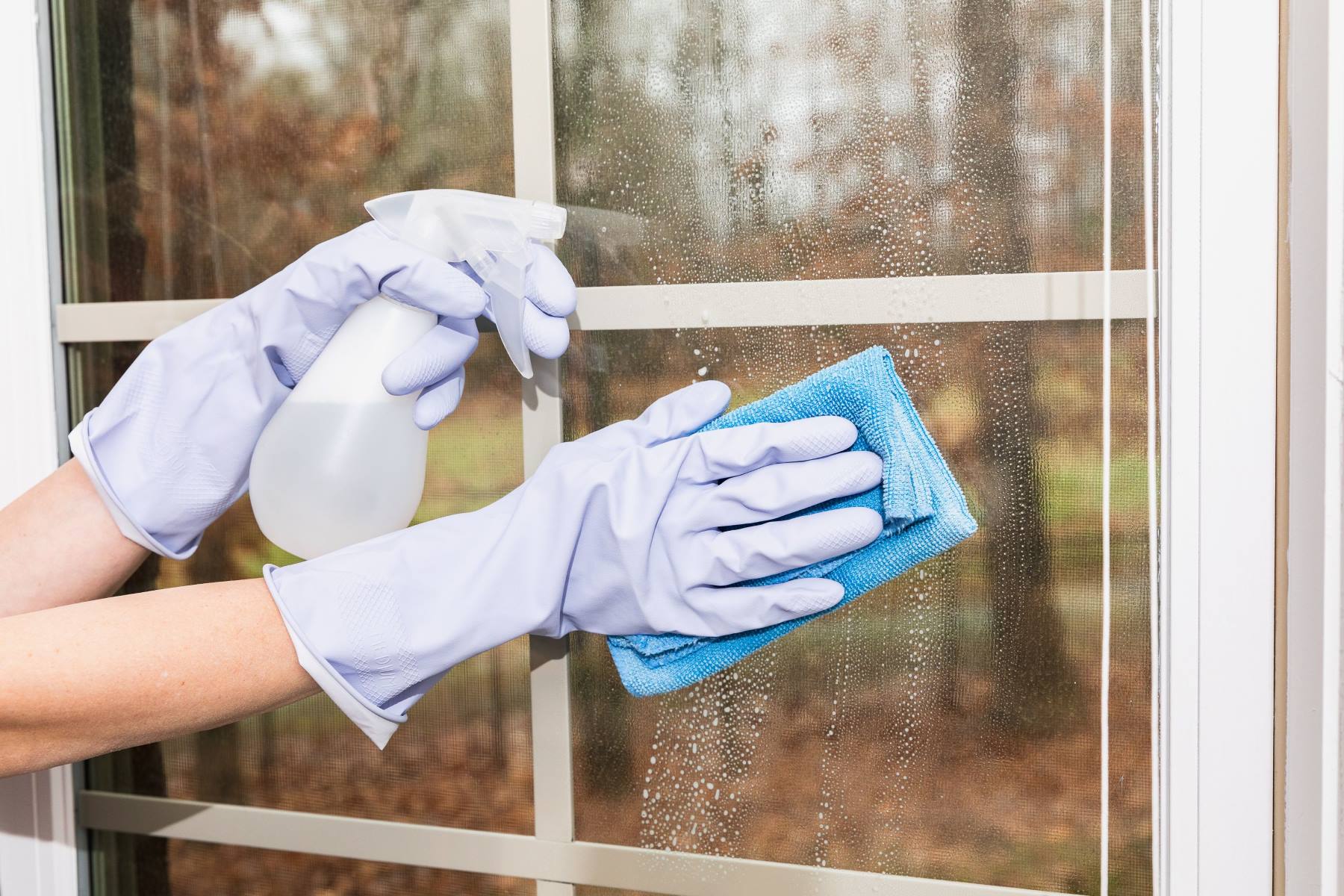



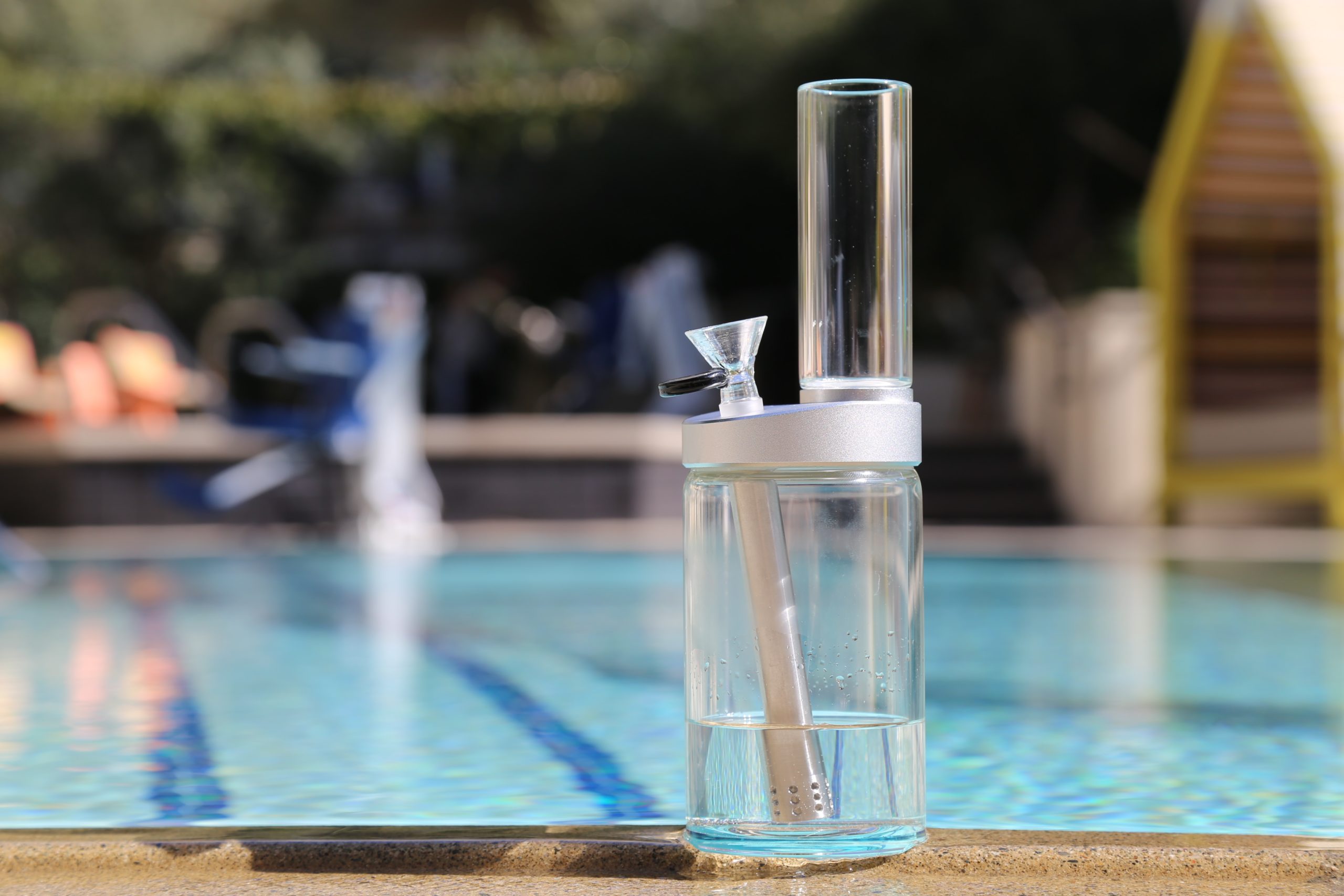
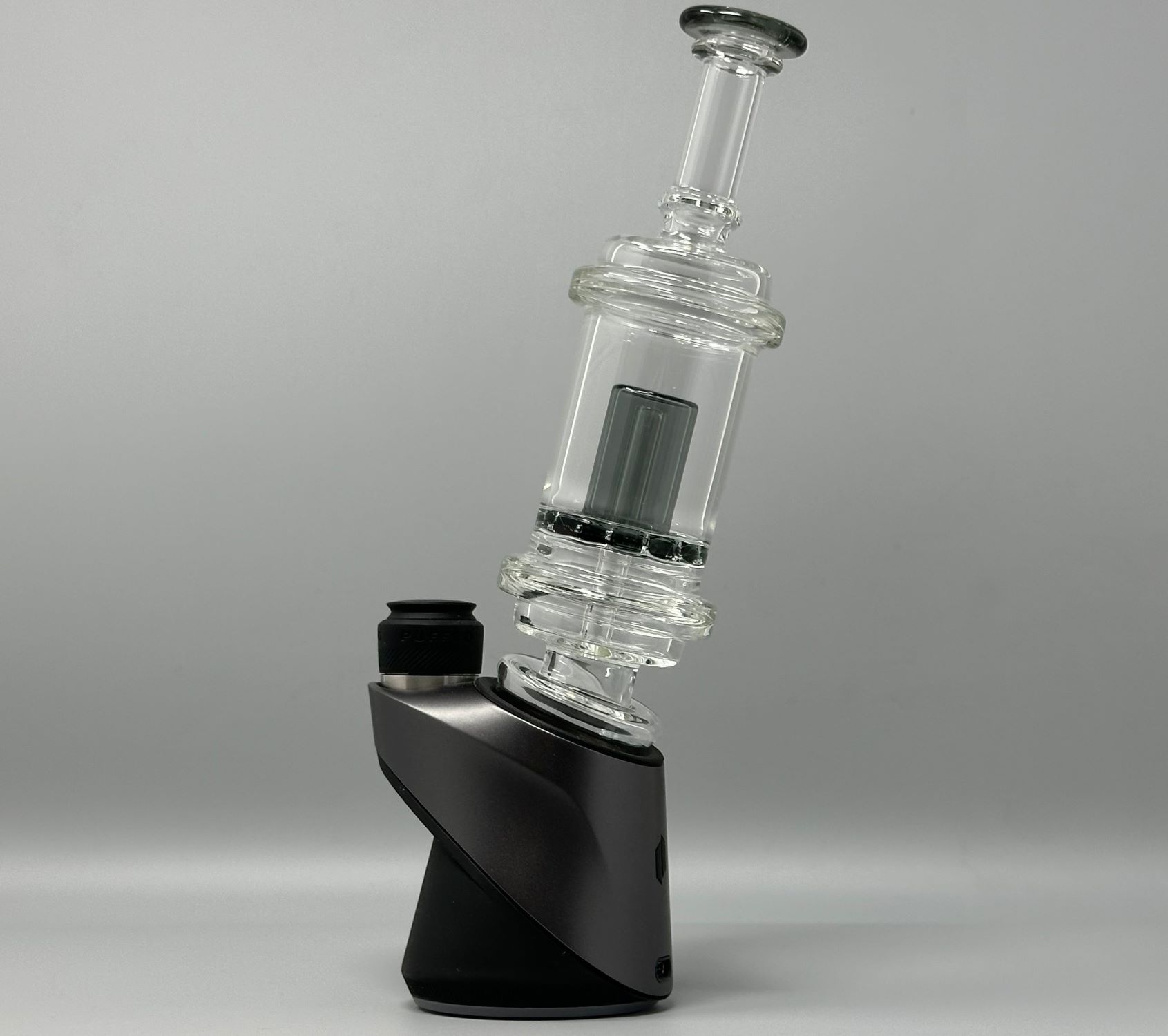
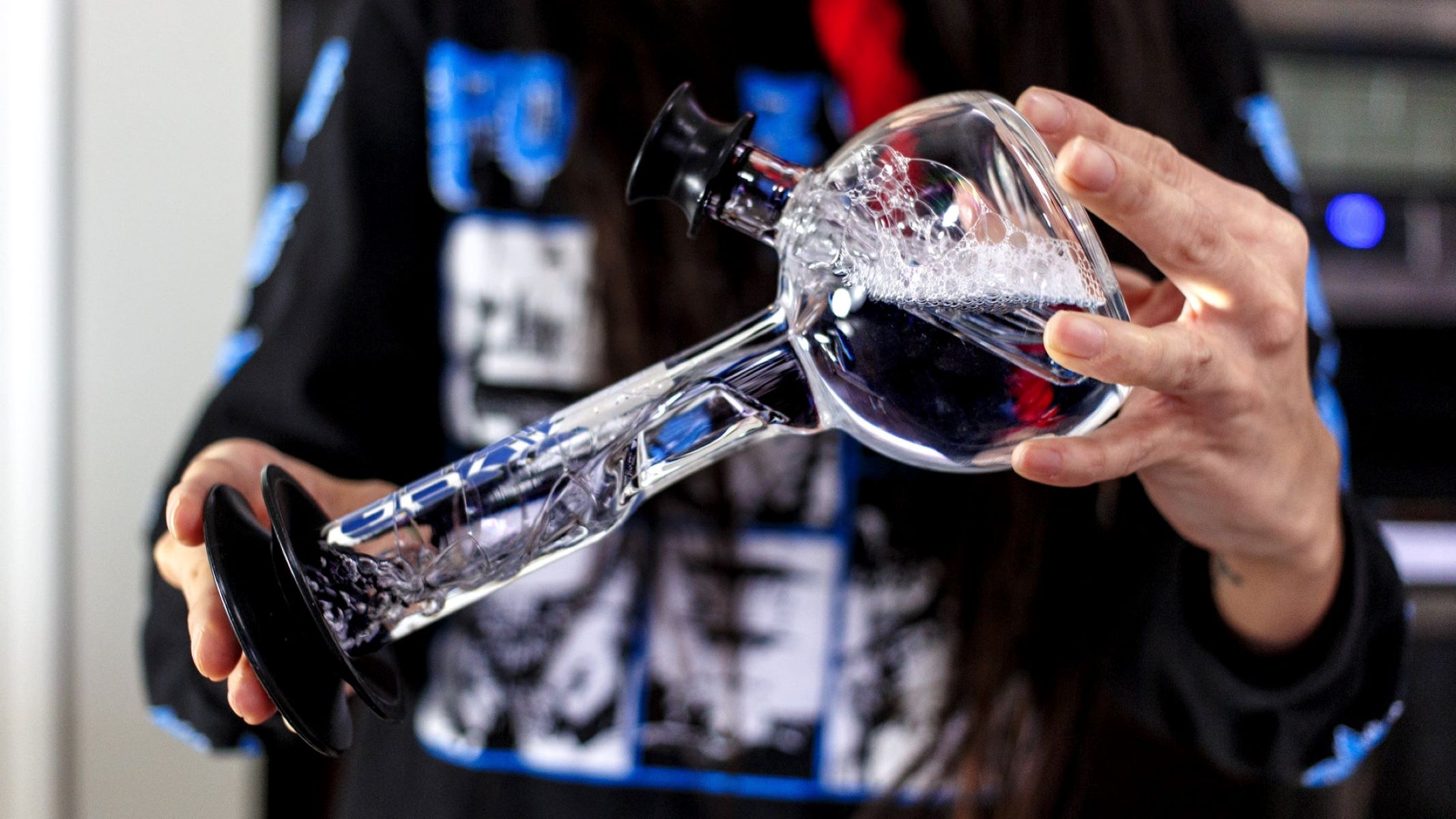
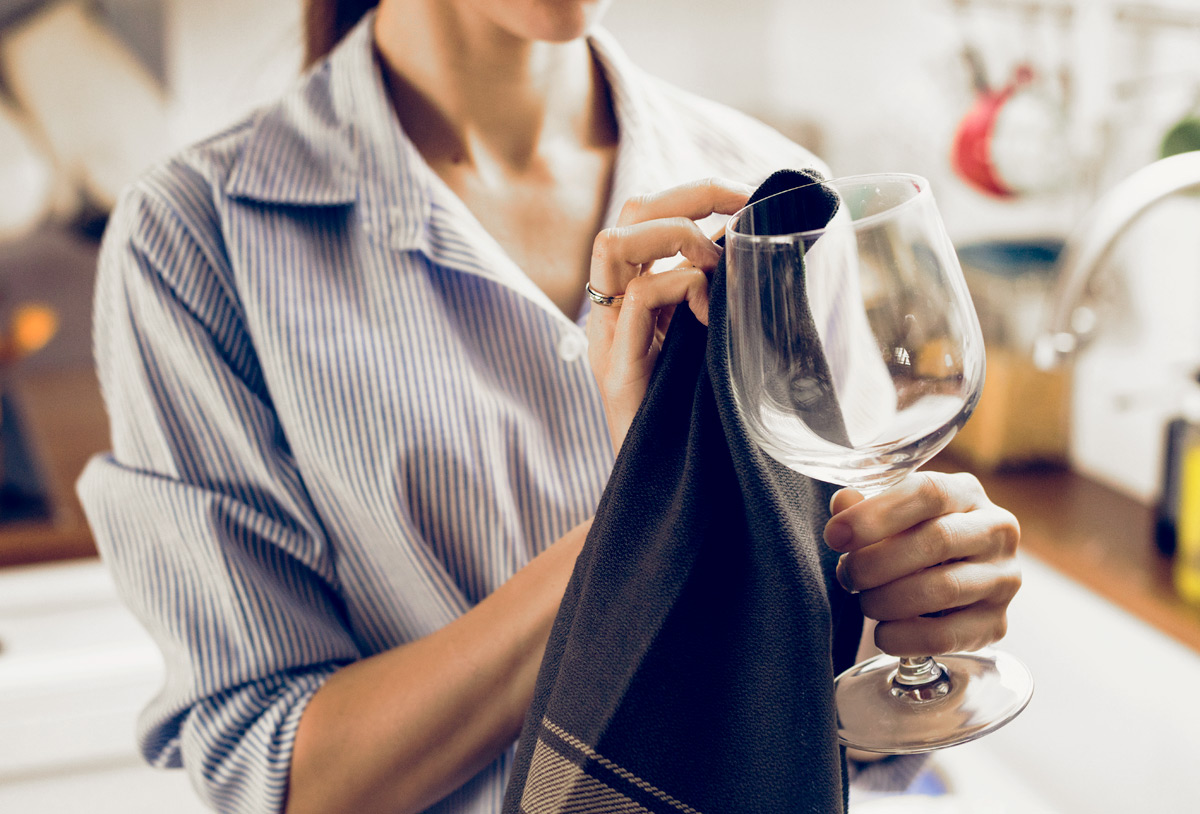
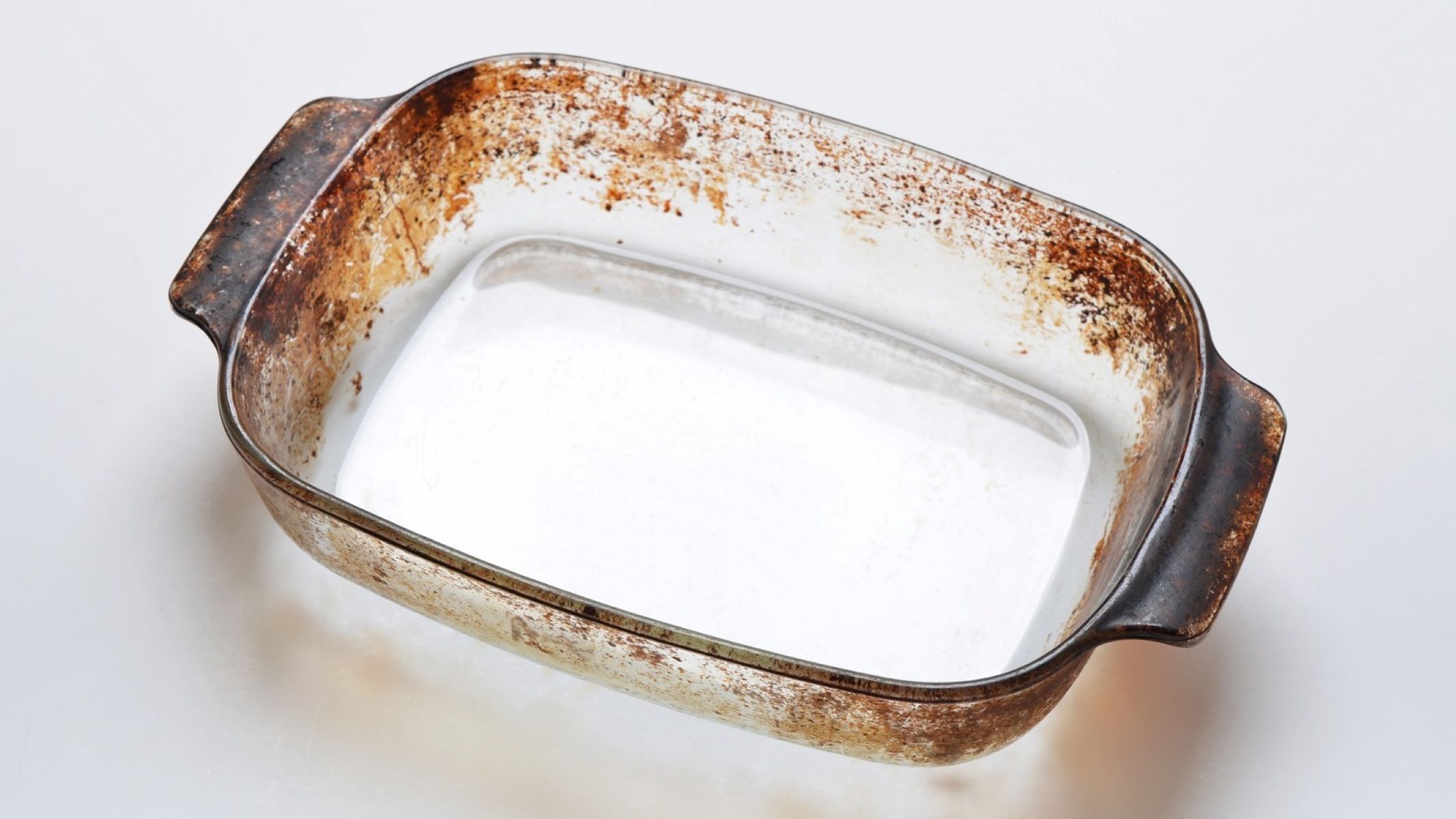
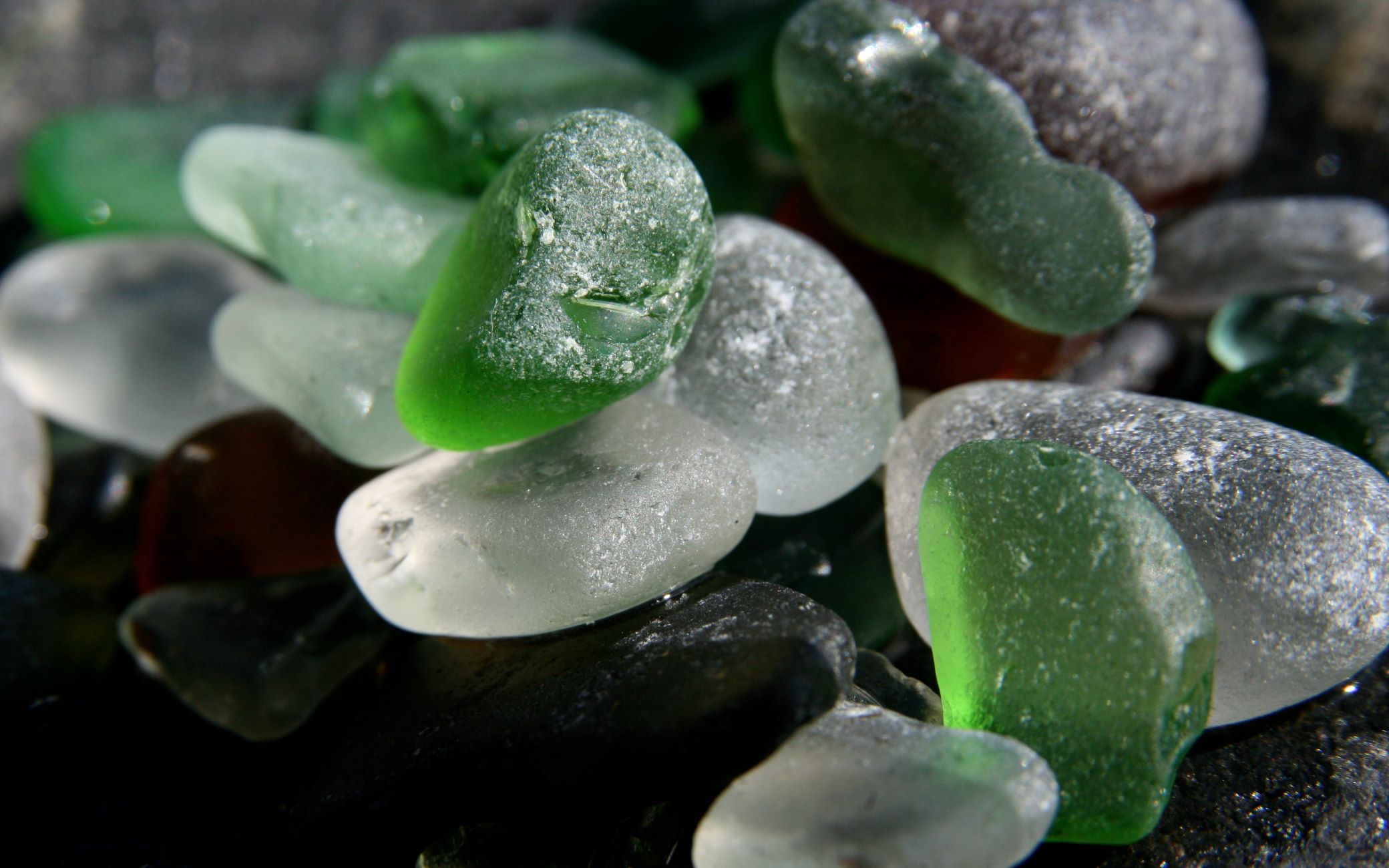

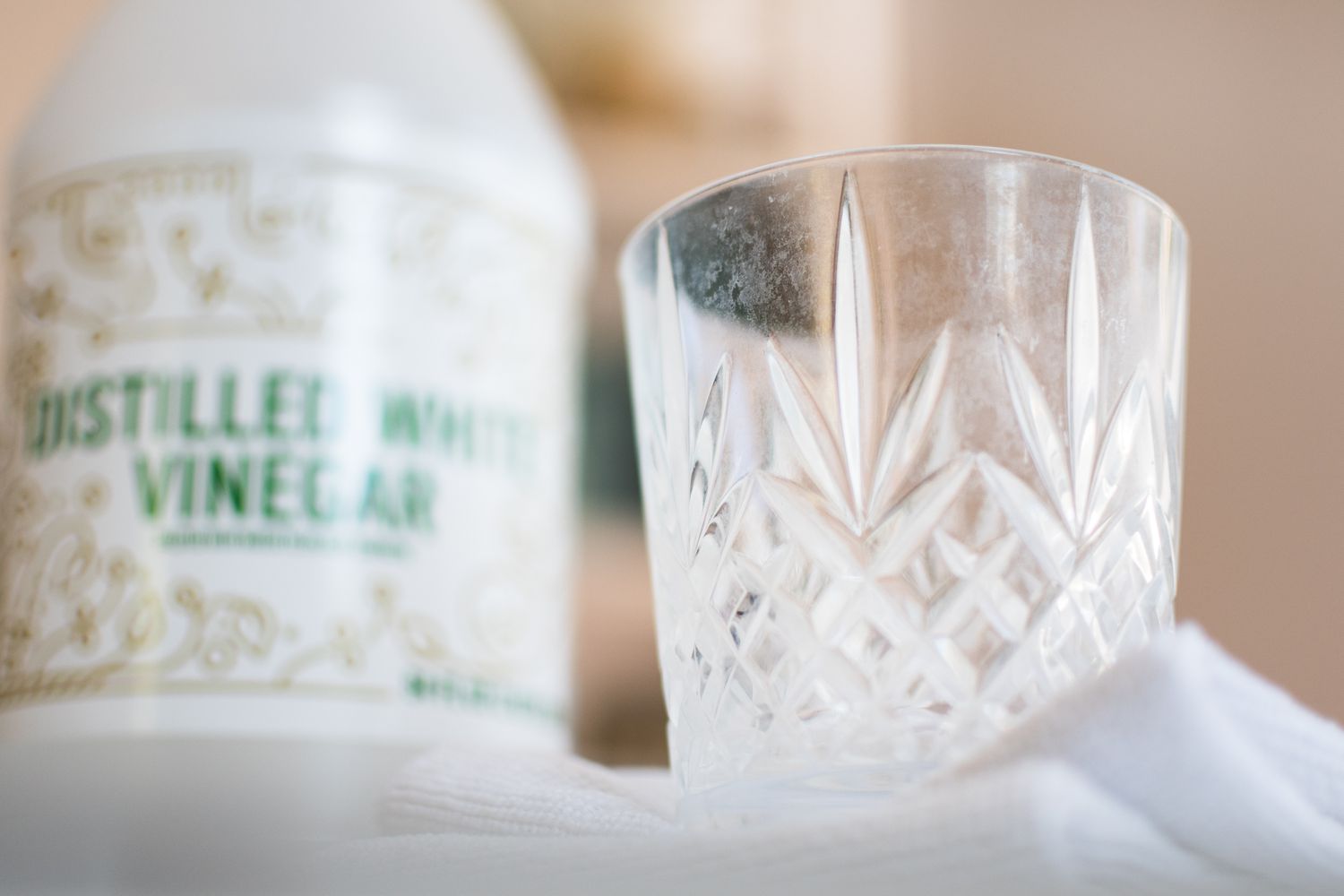
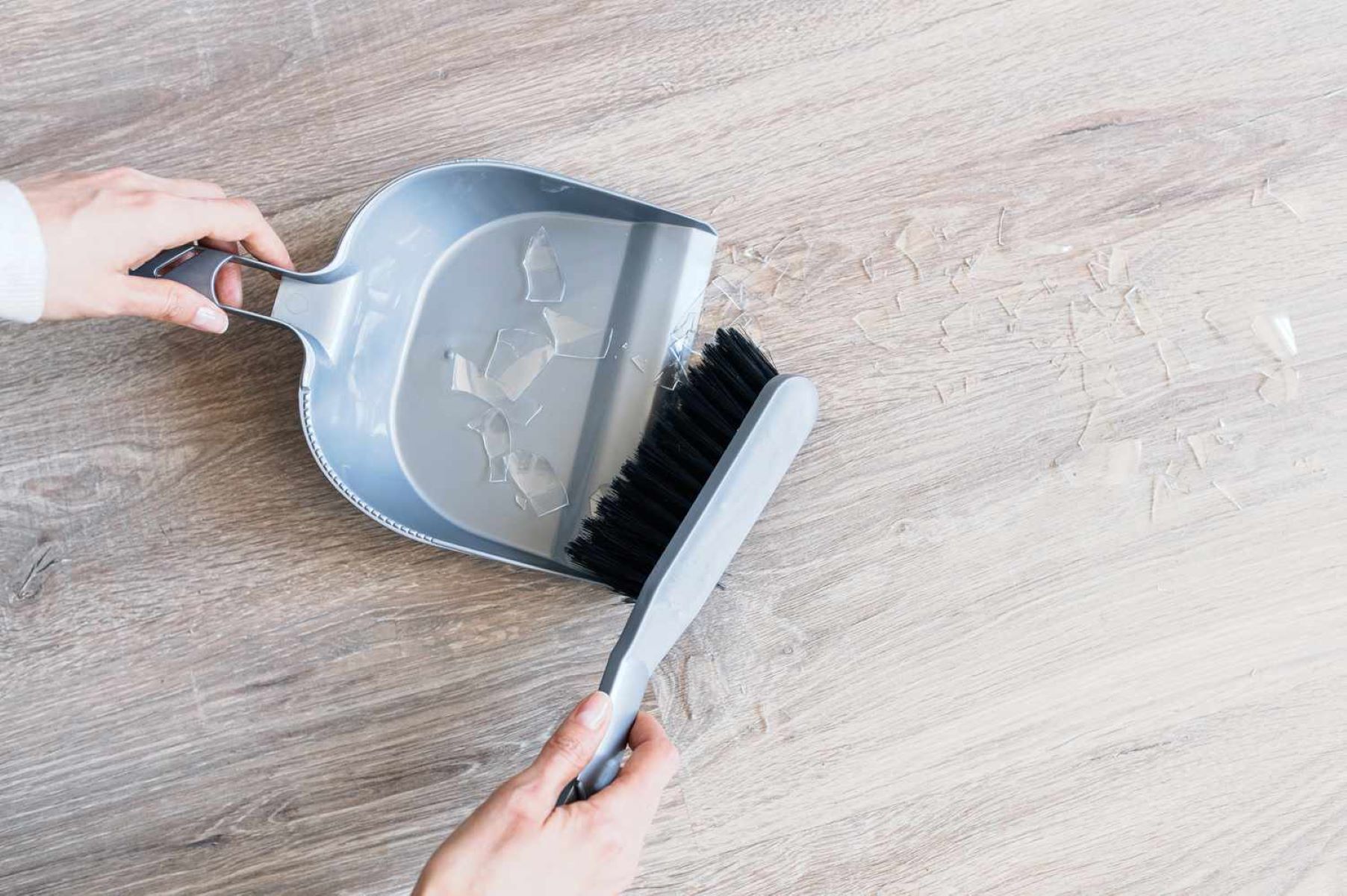

0 thoughts on “How To Clean Carnival Glass”